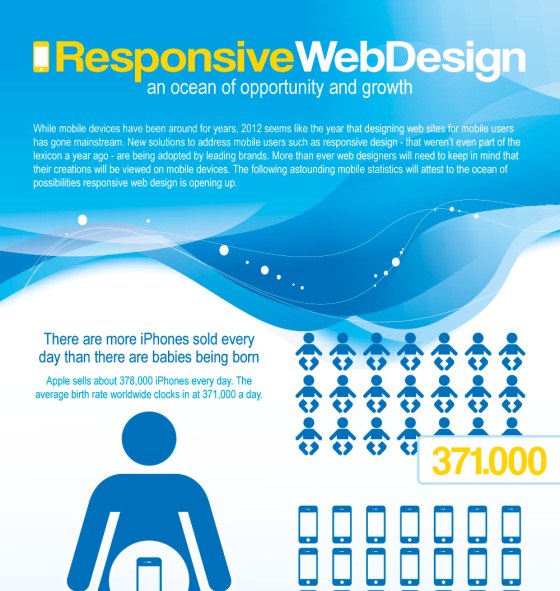Interested In Learning Exactly How Internet Site Design Has Altered For Many Years? Discover The Progression From Standard, Straightforward Layouts To User-Centered Approaches That Prioritize The Requirements And Choices Of On The Internet Site Visitors
Interested In Learning Exactly How Internet Site Design Has Altered For Many Years? Discover The Progression From Standard, Straightforward Layouts To User-Centered Approaches That Prioritize The Requirements And Choices Of On The Internet Site Visitors
Blog Article
Web Content Written By-Monroe Gibbons
In the past, sites were basic and concentrated on details. Navigation was straight, and style was for desktops. Currently, user experience is key. Information overviews styles for simple navigation. Responsive layouts match different devices. Today, dark setting minimizes strain, and minimalist menus improve navigation. Interactive functions engage individuals, and bold visuals stand out. AI integration increases involvement. See how style has actually evolved to enhance your on-line trip.
Very Early Days of Web Design
In the early days of web design, simpleness reigned supreme. Internet sites were standard, with limited shades, fonts, and layouts. The emphasis was on offering information rather than showy visuals. Customers accessed the web with slow-moving dial-up connections, so rate and functionality were key.
Navigation food selections were straightforward, commonly situated on top or side of the page. Sites were created for home computer, as mobile surfing had not been yet prevalent. Content was king, and designers prioritized easy readability over complicated layout components.
HTML was the key coding language utilized, and developers needed to work within its constraints. Computer animations and interactive features were very little contrasted to today's criteria. Web sites were static, with little dynamic content or tailored individual experiences.
Surge of User-Focused Style
With the development of web site layout, a shift towards user-focused layout concepts has become increasingly noticeable. Today, creating websites that prioritize individual experience is essential for engaging visitors and achieving organization goals. User-focused design includes recognizing the needs, choices, and actions of your target audience to tailor the site's design, web content, and includes appropriately.
Designers currently perform extensive research study, such as user surveys and usability screening, to gather insights and comments straight from users. This data-driven technique aids in producing instinctive navigation, clear calls-to-action, and visually appealing interfaces that reverberate with visitors. By putting the individual at the facility of the design procedure, web sites can supply a more tailored and enjoyable experience.
Receptive style has actually additionally become an essential aspect of user-focused layout, guaranteeing that internet sites are enhanced for numerous tools and screen dimensions. This adaptability improves ease of access and use, catering to the diverse ways users engage with websites today. Essentially, the increase of user-focused design represents a shift in the direction of producing digital experiences that prioritize the requirements and assumptions of the end user.
Modern Trends in Web Design
Explore the latest patterns shaping website design today. https://remingtonidyrm.dgbloggers.com/30251430/all-set-to-boost-your-digital-account-learn-advanced-website-design-techniques-that-will-certainly-change-your-site-into-a-giant is dark setting layout, offering a streamlined and contemporary appearance while minimizing eye pressure in low-light environments. One more essential pattern is minimal navigating, streamlining food selections and improving individual experience by concentrating on essential elements. Incorporating micro-interactions, such as animated buttons or scrolling results, can create an extra appealing and interactive web site. Receptive design stays crucial, making certain smooth individual experiences throughout various gadgets. Additionally, utilizing bold typography and asymmetrical designs can add visual passion and draw attention to specific material.
Incorporating AI technology, like chatbots for client support or customized referrals, improves customer involvement and simplifies procedures. Ease of access has additionally come to be a substantial fad, with developers focusing on inclusive design practices to accommodate varied user requirements. Embracing sustainability by optimizing internet site efficiency for rate and effectiveness is an additional arising trend in web design. Working together with customer feedback and data analytics to repeat and boost layout constantly is essential for staying appropriate in the ever-evolving digital landscape. By accepting web accessibility compliance , you can create an aesthetically appealing, user-friendly website that reverberates with your target market.
Verdict
As you review the development of web site layout from the very early days to now, you can see exactly how user-focused layout has actually become the driving force behind modern patterns.
Embrace the journey of modification and adjustment in website design, always keeping the individual experience at the center.
Stay current with the current fads and modern technologies, and never ever stop progressing your strategy to develop visually stunning and straightforward websites.
Develop, adapt, and develop - the future of web design remains in your hands.
